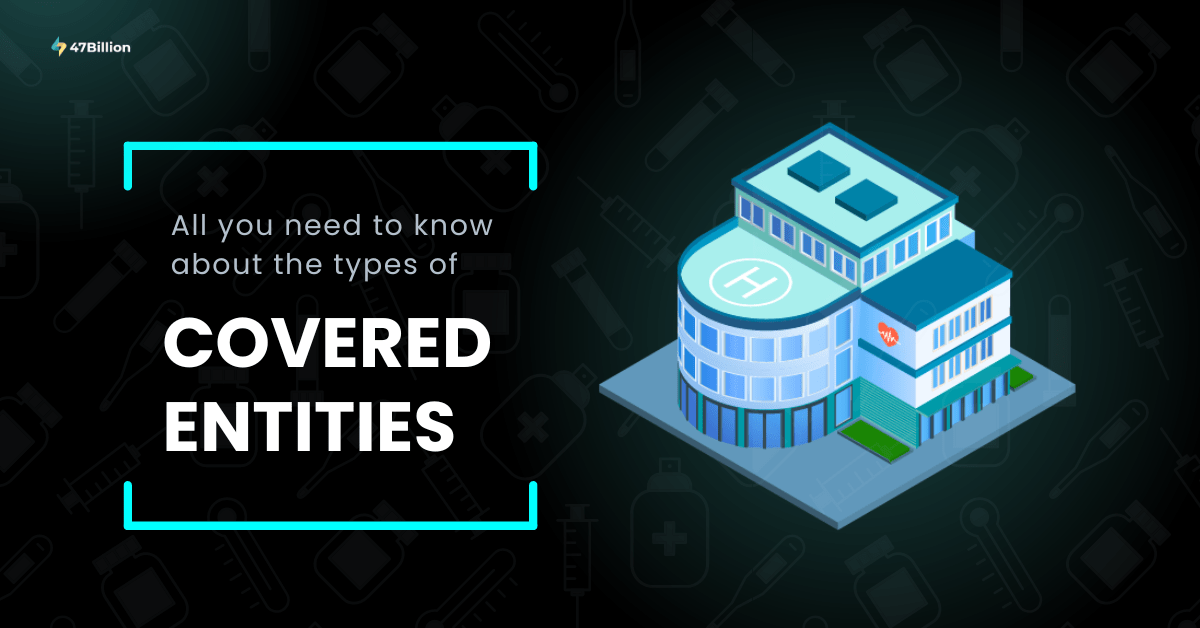The 340B Drug Pricing Program, initiated by Congress in 1992, revolutionized access to essential medications for vulnerable populations across the United States. This program mandates pharmaceutical manufacturers to offer outpatient drugs at notably discounted rates to eligible healthcare entities, spanning a diverse range from hospitals to community health centers. These savings are substantial; in fiscal year 2020 alone, the program generated over $40 billion in total drug savings, illustrating its profound impact on healthcare affordability.
Beyond mere cost reduction, the 340B Program catalyzes comprehensive healthcare improvement. Covered entities harness these savings to bolster patient care initiatives, upgrade infrastructure, and expand crucial community services. Notably, over 12,000 covered entities, including disproportionate share hospitals (DSHs), federally qualified health centers (FQHCs), and specialized clinics, participate in the program, reflecting its wide-reaching influence.
Moreover, the 340B Program extends its benefits to a diverse array of patient populations, with approximately 28 million patients receiving care through participating entities in 2020. This staggering figure underscores the program’s pivotal role in addressing healthcare disparities and ensuring equitable access to vital medications. By leveraging the cost savings facilitated by the 340B Program, covered entities navigate the complex healthcare landscape with resilience, serving as vital lifelines for underserved communities nationwide.
Exploring the 6 Categories
Exploring the six categories of covered entities within the 340B Program reveals how diverse healthcare institutions collaborate to ensure affordable access to vital medications. From hospitals serving as lifelines for vulnerable populations to specialized clinics addressing infectious diseases, each entity plays a crucial role in extending healthcare access. By understanding the unique contributions of these categories, we gain insight into the program’s comprehensive efforts to promote equity and improve public health.
Hospitals
Hospitals represent a cornerstone of the 340B Program, encompassing various types such as disproportionate share hospitals (DSH), children’s hospitals, rural referral centers, and sole community hospitals. These institutions serve as lifelines for countless individuals, particularly those from low-income and vulnerable demographics. By participating in the 340B Program, hospitals can alleviate the financial strain associated with medication costs, enabling them to redirect funds towards enhancing patient care, expanding services, and supporting community outreach initiatives.
Federal Qualified Health Centers (FQHCs)
FQHCs stand as pillars of primary care, catering to communities with limited access to healthcare services. These community-based organizations receive federal funding to deliver comprehensive care to underserved populations, including low-income families, migrant workers, and the uninsured. Participation in the 340B Program empowers FQHCs to mitigate the burden of medication expenses, ensuring that patients receive the treatments they need without undue financial hardship.
Ryan White HIV/AIDS Program Grantees
The battle against HIV/AIDS remains a critical healthcare priority, with organizations under the Ryan White HIV/AIDS Program at the forefront of this fight. These grantees provide essential services to individuals and families affected by HIV/AIDS, ranging from medical care to social support programs. By leveraging the 340B Program, these entities can stretch their resources further, delivering vital medications to those battling this relentless disease while simultaneously addressing broader healthcare needs within their communities.
Sexually Transmitted Disease (STD) Clinics
STD clinics serve as vital hubs for testing, treatment, and prevention services related to sexually transmitted infections (STIs). Often catering to populations at higher risk for STIs, including low-income individuals and adolescents, these clinics play a pivotal role in safeguarding public health. Participation in the 340B Program equips STD clinics with the necessary resources to combat STIs effectively, ensuring that individuals receive timely access to affordable medications and comprehensive care.
Tuberculosis (TB) Clinics
TB remains a global health concern, necessitating specialized clinics dedicated to its diagnosis, treatment, and prevention. TB clinics serve diverse populations at elevated risk of infection, including immigrants, individuals experiencing homelessness, and those with compromised immune systems. Through participation in the 340B Program, these clinics can procure essential medications at reduced costs, bolstering their efforts to combat TB while addressing broader healthcare disparities within their communities.
Other Qualified Entities
Beyond the categories above, the 340B Program extends its reach to encompass various other qualified entities, each contributing uniquely to the healthcare landscape. These entities may include hemophilia treatment centers, family planning clinics, and certain rural hospitals. By meeting specific eligibility criteria outlined by the Health Resources and Services Administration (HRSA), these organizations can harness the benefits of the 340B Program to enhance patient care, promote public health, and advance healthcare equity.
Impact on Patient Care
Participation in the 340B Program significantly enhances patient care by lowering medication costs and broadening access to crucial treatments, particularly benefiting vulnerable populations. This reduction in financial burden fosters improved medication adherence and ultimately leads to enhanced health outcomes. Additionally, the substantial cost savings derived from the program empower covered entities to provide supplementary services, including transportation aid, medication counseling, and chronic disease management programs. These supportive measures not only augment the quality of care but also enrich the overall patient experience, underscoring the program’s profound impact on healthcare delivery and patient well-being.
Conclusion
The six categories of 340B covered entities form the bedrock of the program, embodying a shared commitment to expanding access to affordable medications and healthcare services. By leveraging the cost savings provided by the 340B Program, these entities can amplify their impact, reaching more individuals in need and making communities healthy and resilient.
As we navigate the complexities of healthcare delivery in the United States, it is imperative to recognize the pivotal role played by these covered entities. Through their dedication and participation in the 340B Program, they showcase a vision of healthcare that is equitable, accessible, and compassionate. In doing so, they bring us one step closer to realizing a future where every individual can attain the care they deserve, regardless of their socioeconomic status or circumstance.



